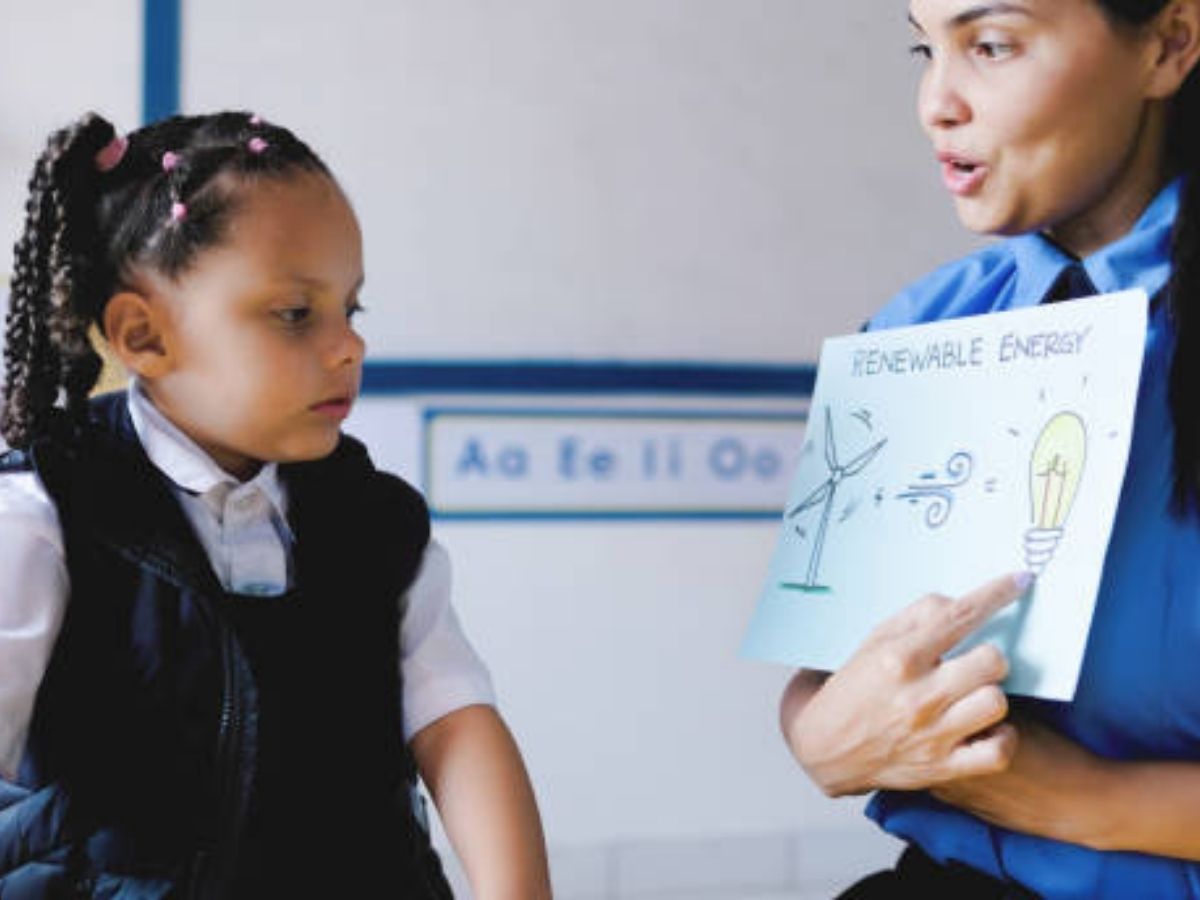Article
How to Present at Home Care Conferences: A Guide for Professionals
Mastering Home Care Conference Presentations
Importance of Effective Presentations at Home Care Conferences
Effective presentations play a crucial role at home care conferences. They serve as a platform for professionals to share knowledge, present research findings, and showcase innovative practices. A well-delivered presentation can inspire change, foster collaboration, and enhance understanding within the home care community. The ability to communicate ideas clearly and persuasively can significantly impact the audience's perception and retention of information.
Key Benefits of Effective Presentations:
- Knowledge Sharing: Presents new insights and information to professionals.
- Audience Engagement: Creates an interactive environment that promotes discussion.
- Professional Reputation: Enhances the speaker's credibility and authority.
- Networking Opportunities: Encourages connections with other home care professionals.
A Guide for Professionals: How to Present Successfully
Presenting successfully at home care conferences requires careful planning and execution. Professionals should focus on several key areas to ensure their presentations are effective and impactful.
- Understand the Audience: Knowing the demographic and interests of the audience helps tailor the presentation to their needs. Consider their level of expertise and what they hope to gain from the session.
- Craft a Compelling Narrative: A strong narrative helps maintain audience interest. The presentation should have a clear beginning, middle, and end, guiding the audience through the material in a logical manner.
- Utilize Visual Aids: Visual elements such as slides, charts, and videos can enhance understanding and retention. Aim for clarity in visuals and ensure they complement the spoken content.
- Practice Delivery: Rehearsing the presentation allows the speaker to become comfortable with the material and fine-tune their delivery style. It also helps manage time effectively.
- Engage the Audience: Involve the audience through questions, discussions, or interactive polls. Engagement can lead to a more dynamic and memorable presentation.
Preparation Steps for Effective Presentations:
- Research Audience: Understand their interests and knowledge level.
- Organize Content: Create a logical flow for the presentation.
- Design Visuals: Use clear and effective visuals.
- Rehearse: Practice multiple times to build confidence.
- Engage: Plan how to interact with the audience.
By focusing on these aspects, professionals can enhance their skills and become more effective presenters at home care conferences.
Preparing for Your Presentation
Successful presentations at home care conferences require thorough preparation. This section will cover two crucial elements: understanding the audience and crafting a compelling presentation.
Understanding Your Audience
To create an impactful presentation, it's essential to know who will be in attendance. Understanding the audience helps tailor the content and delivery style to meet their expectations and needs.
Audience Types and Key Considerations:
- Home Care Professionals:
- Characteristics: Experienced, seeking updates.
- Key Considerations: Use industry jargon, focus on innovations.
- Caregivers:
- Characteristics: Varied experience, compassionate.
- Key Considerations: Emphasize practical tools, anecdotes.
- Administrators:
- Characteristics: Focused on management, outcomes.
- Key Considerations: Highlight efficiency, cost-effectiveness.
- Policy Makers:
- Characteristics: Interested in regulations, trends.
- Key Considerations: Use data, align with current policies.
Analyzing these characteristics enables a presenter to adjust the message accordingly. It is helpful to consider their interests, concerns, and level of expertise in the subject.
Crafting a Compelling Presentation
A key aspect of effective presentations involves structuring the content to maintain engagement. A well-crafted presentation balances information with visual appeal and storytelling.
Key Elements of an Effective Presentation:
- Clear Objective: Define the main takeaway for the audience.
- Engaging Introduction: Start with a hook, such as a question or anecdote.
- Structured Content: Organize information into clear sections: Introduction, Body, Conclusion.
- Visual Aids: Use slides, charts, or videos to enhance understanding.
- Summary and Call to Action: Reinforce key points and suggest next steps.
It's vital to connect the content with the audience's experiences. Incorporating relevant examples and case studies can make the presentation more relatable and memorable.
By understanding the audience and effectively crafting the presentation, speakers are better equipped to deliver engaging messages at home care conferences.
Delivery Techniques
Effective delivery is crucial in engaging an audience and ensuring that the message resonates. This section addresses two key aspects of delivering a presentation: engaging the audience and utilizing visual aids effectively.
Engaging Your Audience
Engagement plays a vital role in keeping the audience interested and involved. Several techniques can be applied to enhance audience interaction.
Techniques for Audience Engagement:
- Ask Open-Ended Questions: Encourage audience participation by asking questions that require thoughtful answers.
- Use Humor: Light humor can break the ice and create a friendly atmosphere.
- Storytelling: Incorporate personal anecdotes or relatable stories to connect emotionally with the audience.
- Interactive Activities: Include polls, quizzes, or small group discussions to foster interaction.
Effective Use of Visual Aids
Visual aids can significantly enhance understanding and retention. When used correctly, they complement spoken words and maintain audience interest.
Types of Visual Aids and Their Purpose:
- Slides: Provide key points and visuals to listen along while keeping the presentation structured.
- Infographics: Simplify complex information into clear visuals for better comprehension.
- Videos: Demonstrate concepts in action, making them more relatable.
- Handouts: Provide takeaway materials that summarize key information for later reference.
Both engaging the audience and using visual tools effectively can transform a presentation into an interactive and memorable experience. By incorporating these strategies, presenters can ensure their message is well-received and understood.
Overcoming Presentation Challenges
Facing challenges during a presentation is common, especially at significant events like home care conferences. While difficulties may arise, there are effective strategies that professionals can implement to overcome them.
Dealing with Nervousness
It is normal for individuals to experience nervousness before and during a presentation. Understanding how to manage this anxiety can significantly enhance overall performance. Here are several techniques that can help:
Techniques for Managing Presentation Anxiety:
- Deep Breathing: Taking slow, deep breaths can calm the body and mind, reducing feelings of anxiety.
- Practice: Rehearsing the presentation multiple times can build confidence and familiarity with the material.
- Visualization: Imagining a positive outcome can create a sense of comfort and readiness.
- Positive Self-Talk: Encouraging oneself with affirmations can shift the mindset towards confidence and assurance.
Engaging in these practices can help individuals maintain composure and present with a sense of confidence.
Handling Questions and Interactions
Effectively managing questions and interactions during a presentation can be challenging but is essential for a positive audience experience. Here are methods to facilitate these exchanges:
Strategies for Handling Audience Questions:
- Active Listening: Paying close attention to questions ensures that the presenter can provide relevant and thoughtful responses.
- Clarifying Questions: If a question is unclear, asking for clarification can ensure that responses are on point.
- Maintaining Composure: Keeping a calm demeanor, even when faced with challenging questions, fosters a professional image.
- Acknowledging Input: Thanking the audience for their questions encourages an open dialogue and shows appreciation for their engagement.
By adopting these strategies, individuals can effectively navigate interactions, creating a more dynamic and engaging presentation atmosphere.
Enhancing Your Professional Image
Creating a strong professional image is essential for success at home care conferences. This section discusses two key elements: dressing for success and communicating confidence and authority.
Dressing for Success
The attire chosen for a conference can significantly impact how others perceive an individual. Dressing appropriately not only fosters a professional appearance but also instills confidence.
Professional Attire Recommendations:
- Suit (Tailored): Choose a neutral color.
- Blouse/Shirt (Crisp and Clean): Avoid overly bright patterns.
- Shoes (Closed-toe): Comfortable yet formal.
- Accessories (Minimal): Opt for subtle designs.
A polished appearance can enhance a professional's credibility and approachability in networking situations.
Communicating Confidence and Authority
Effective communication is critical when presenting at conferences. Confidence and authority can be conveyed through various verbal and non-verbal cues.
Effective Presentation Techniques:
- Posture: Stand tall with shoulders back, conveying openness.
- Eye Contact: Maintain eye contact to establish connection with the audience.
- Voice Projection: Use a clear and strong voice to engage the audience.
- Body Language: Use gestures that reinforce points being made.
By mastering these techniques, presenters can leave a lasting impression, making it easier to connect with their audience and stakeholders within the home care sector.
Follow-Up Strategies
After delivering a presentation at a home care conference, it is crucial to implement effective follow-up strategies. This not only enhances professional reputation but also fosters valuable connections.
Networking After Your Presentation
Networking is an essential part of any conference experience. Following a presentation, individuals should take the opportunity to connect with attendees and other presenters. Engaging in conversations can lead to meaningful professional relationships.
Networking Actions and Their Purpose:
- Exchange Business Cards: Facilitates future communication.
- Connect on Social Media: Expands professional network.
- Follow Up via Email: Reinforces connections and expresses gratitude.
Consider setting specific goals for networking. These goals may include establishing a certain number of new contacts or scheduling follow-up meetings.
Leveraging Your Conference Experience
Maximizing the benefits of the conference means reflecting on the experience and applying learned knowledge. This can be accomplished through several key actions.
Post-Presentation Strategies:
- Review Presentation Feedback: Understand strengths and areas for improvement.
- Identify Key Takeaways: Summarize important insights from sessions attended.
- Share Learnings with Colleagues: Foster a culture of knowledge-sharing within the workplace.
By leveraging the experiences gained, professionals can enhance their skill sets and remain relevant in their field. Engaging in continuous learning will also contribute to ongoing personal and professional development.
Sources
https://fourwaves.com/blog/conference-presenting-tips/
https://www.forbes.com/how-to-present-effectively-at-conferences/
https://patthomson.net/rules-for-conference-presentations/
Read:
What is Your Identity in Christ?
Watch: Identity & Action
TAGS:
Black Lives Matter | Martin Luther King Jr. |
Race and Ethnicity
LCBC stands for Lives Changed By Christ. We are one church in multiple locations across Pennsylvania. Find the location closest to you or join us for Church Online. We can’t wait to connect with you!
share this
Related Articles
Related Articles
STAY UP TO DATE
GET PATH'S LATEST
Receive bi-weekly updates from the church, and get a heads up on upcoming events.
Contact Us









